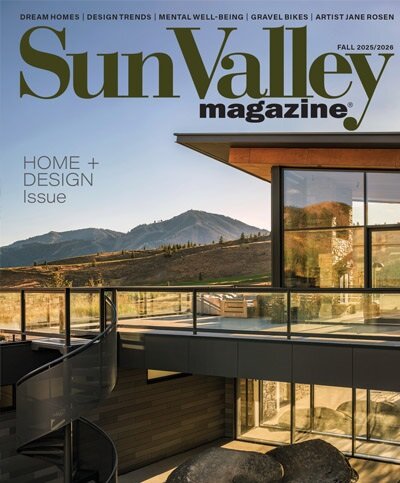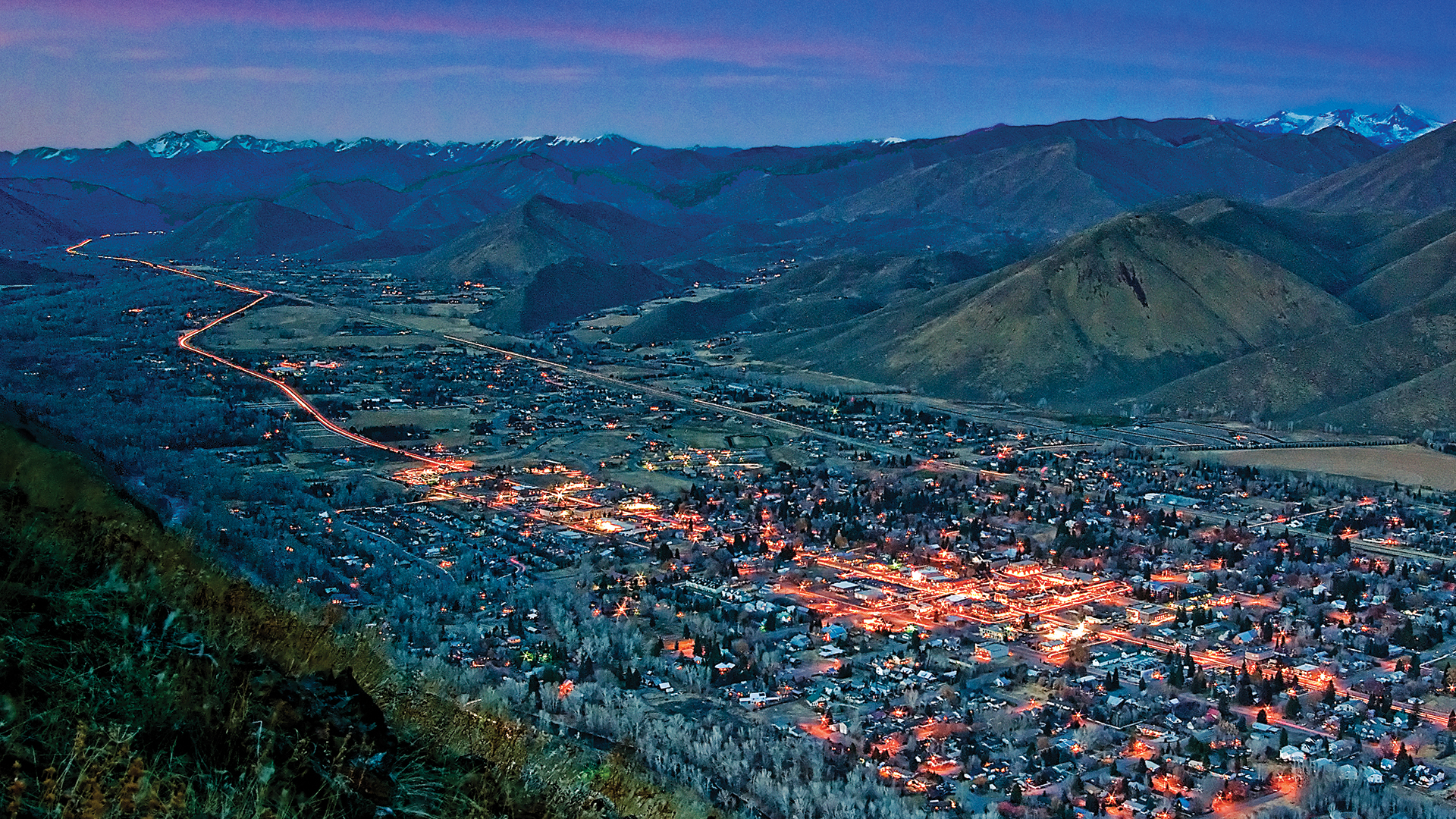UPDATE ON MARCH 10, 2022: This week, the city of Ketchum formalized an interpretation of regulations for development on protected hillsides. The Planning and Zoning Commission approved a policy of how the city should handle applications to build new houses on the sites of old houses that don’t conform with the city’s zoning regulations for hillside areas.
The issue was an interpretation of the city’s Mountain Overlay District, which was established in 1989 to protect views, wildlife and natural features of the city’s surrounding landscape. The district’s regulations require new buildings to be constructed in areas that have less than 25% slope and that building envelopes for new parcels be located outside of areas with 25% slope or more. The preexisting buildings in the district were allowed to remain but were deemed non-conforming.
If lots in the city are reconfigured, a new structure must be placed in a conforming location off the protected hillside, the P&Z determined. If there is no alternative location on the site, a new structure must fit within the footprint, height and setbacks of the existing structure, subject to P&Z approval.
All other regulations of the Mountain Overlay District remain intact and enforceable by the city. All development applications must still go through the city’s processes. 
ORIGINAL ARTICLE:
Those new to the Wood River Valley are quick to note that the hillsides are not littered with homes as they are in so many mountain towns.
The Mountain Overlay Ordinance that has kept our hillsides free of development was done for safety and aesthetics. But many Valley residents were not so appreciative when members of Blaine County Planning and Zoning began formulating the Hillside Ordinance in 1974.
Tom Blanchard was county commissioner at the time. “We knew development was eminent on hillsides, and the general conversation running through the Valley was that we didn’t want to become Aspen where they’d carved up the hillside with roads running all over and houses everywhere,” he said. “I was a house contractor for Sun Valley Resort owner Bill Janss at the time, and even though he wasn’t the originator of the idea, he was very supportive of it.”
As the commission prepared to declare a moratorium on hillside development to allow time to create an ordinance, developers rushed to build on Owl Rock Road just south of Ketchum and in Water Gulch east of Hailey, hoping to grandfather in their development rights.
“Both of these parties started road construction Friday night,” Blanchard recalled. “We passed a moratorium Monday morning, allowing us time to work on the ordinance.”
The ordinance was further refined in 1987. “The problem with the original ordinance was that so much of the county was below 25 percent, and it was still extremely visible,” said Len Harlig, who was tasked with updating the county’s comprehensive plan in 1987 as a member of the county’s planning and zoning commission. “So we put into the new comprehensive plan further limitations and restrictions concerning development on the hillside, particularly in the scenic corridor.”
Not only was development an aesthetic issue, but it involved health, safety and welfare issues, Harlig said. “I’d seen how homes built on hillsides in my home state of California were continually destroyed by wildfires, landslides after heavy rainstorms and other weather-related events that were very destructive. We wanted to make sure we didn’t have people high on hills that we couldn’t get to with fire trucks or ambulances, particularly during winter and spring when roads might be impassable,” he said.
As planning and zoning commissioners began updating the plan, a few property owners started to build roads on hillsides, hopeful they could grandfather in development. Harlig was among those who received threats.
“We know you’re a runner, and we know where you run,” one wrote him. “It’s surprising how much like a deer you look like during hunting season.”
“Stop this business,” another wrote. “If you don’t, you’d better start checking your car before you turn it on in the morning.”
“Despite the threats, the environmental and planning communities were behind it,” said Harlig, who went on to become Blaine County Commissioner in 1993.
Harlig said the decision to protect the hillsides has prevented erosion from development that would have ended up in the Big Wood River.
“In our community, the Big Wood River is the most important waterway in the community. So by keeping development off hillsides, we’re protecting the people who live on flatlands and the water quality,” Harlig said. “Hillside development also prevents the natural migration patterns of many wildlife species. So we accomplished three big things with one ordinance: we protected wildlife, waterways and the safety of people.”
Ketchum and Sun Valley have since adopted ordinances limiting hillside development, and other communities around the country have asked for copies of the county’s ordinance.
“One of the first things people ask when they visit the county for the first time is: How have you kept your mountainsides in a natural state?” Harlig said. “I think the community has a better chance of surviving disasters and weather events because the hillsides are not developed.”

